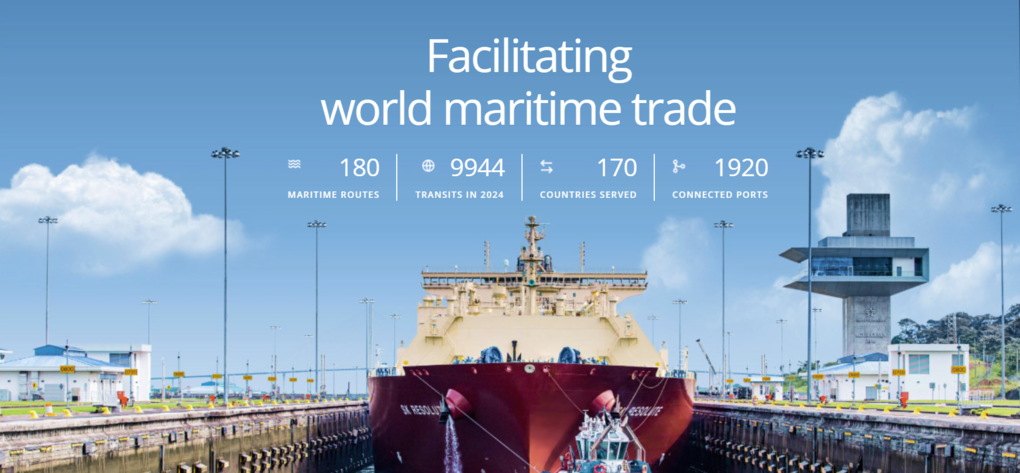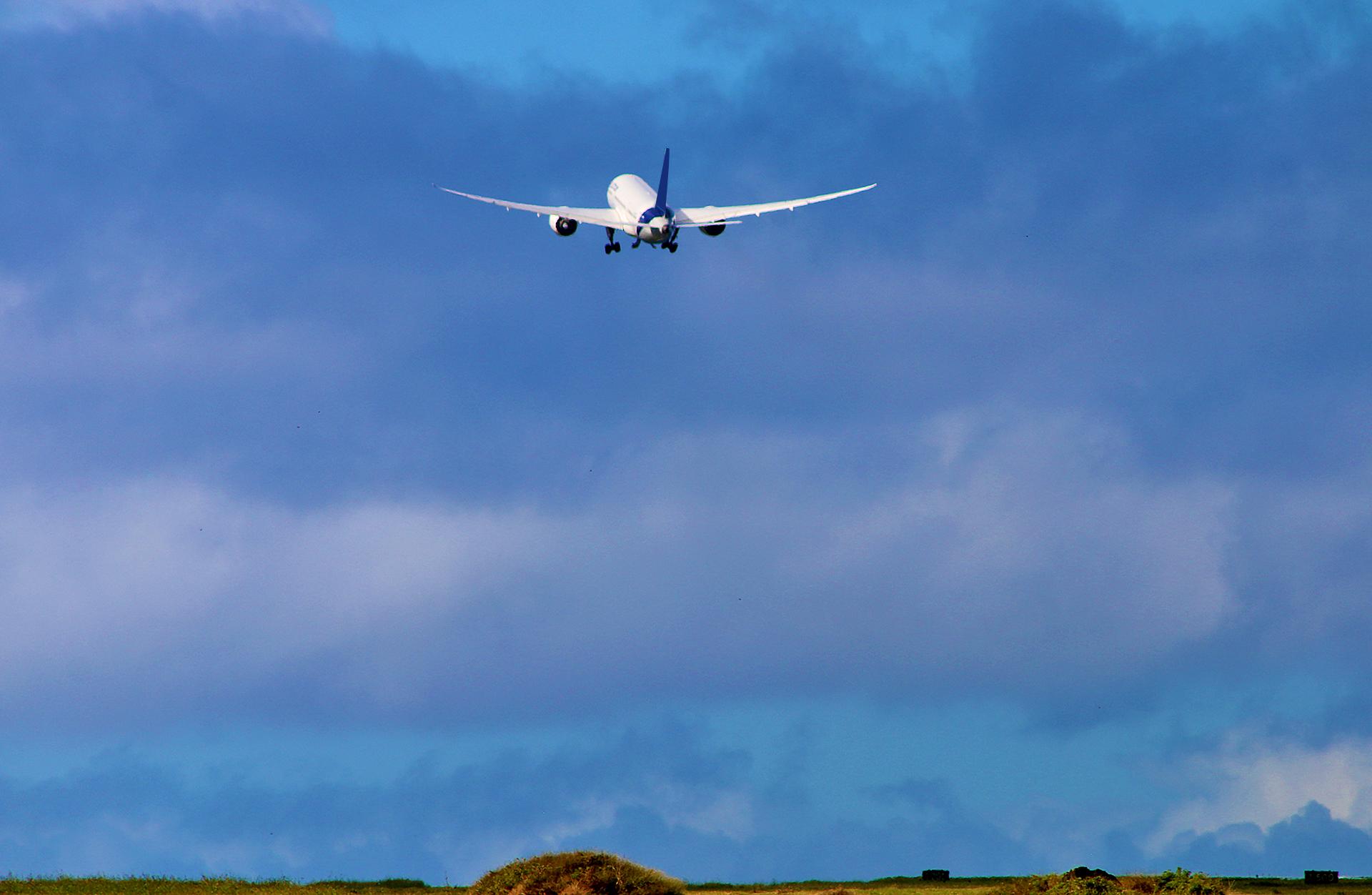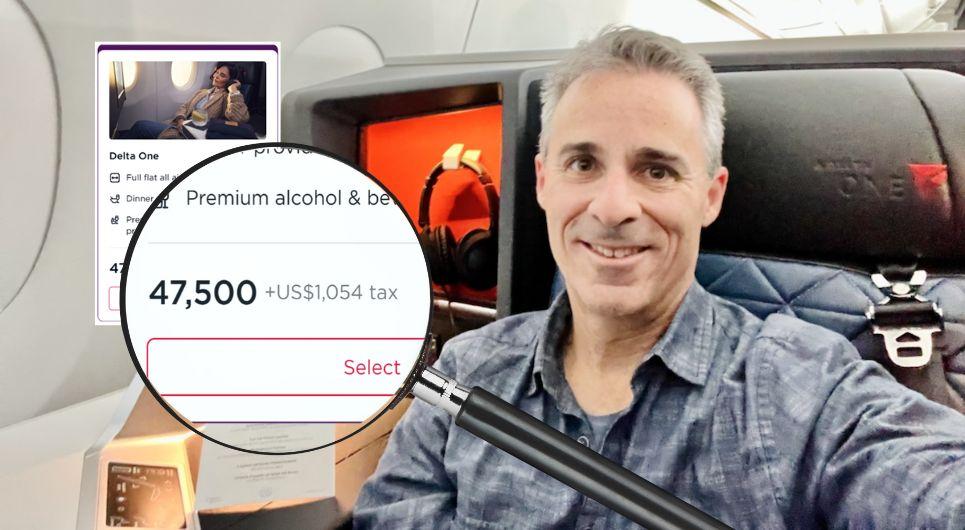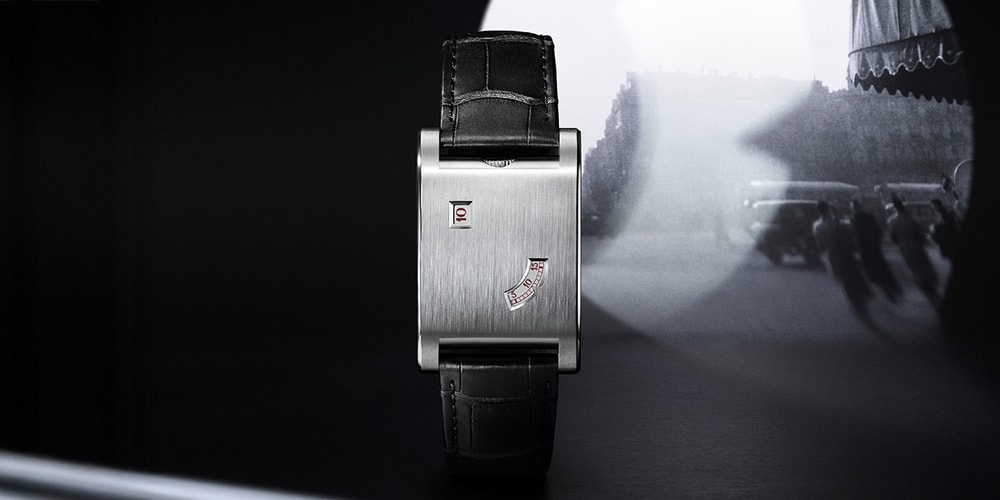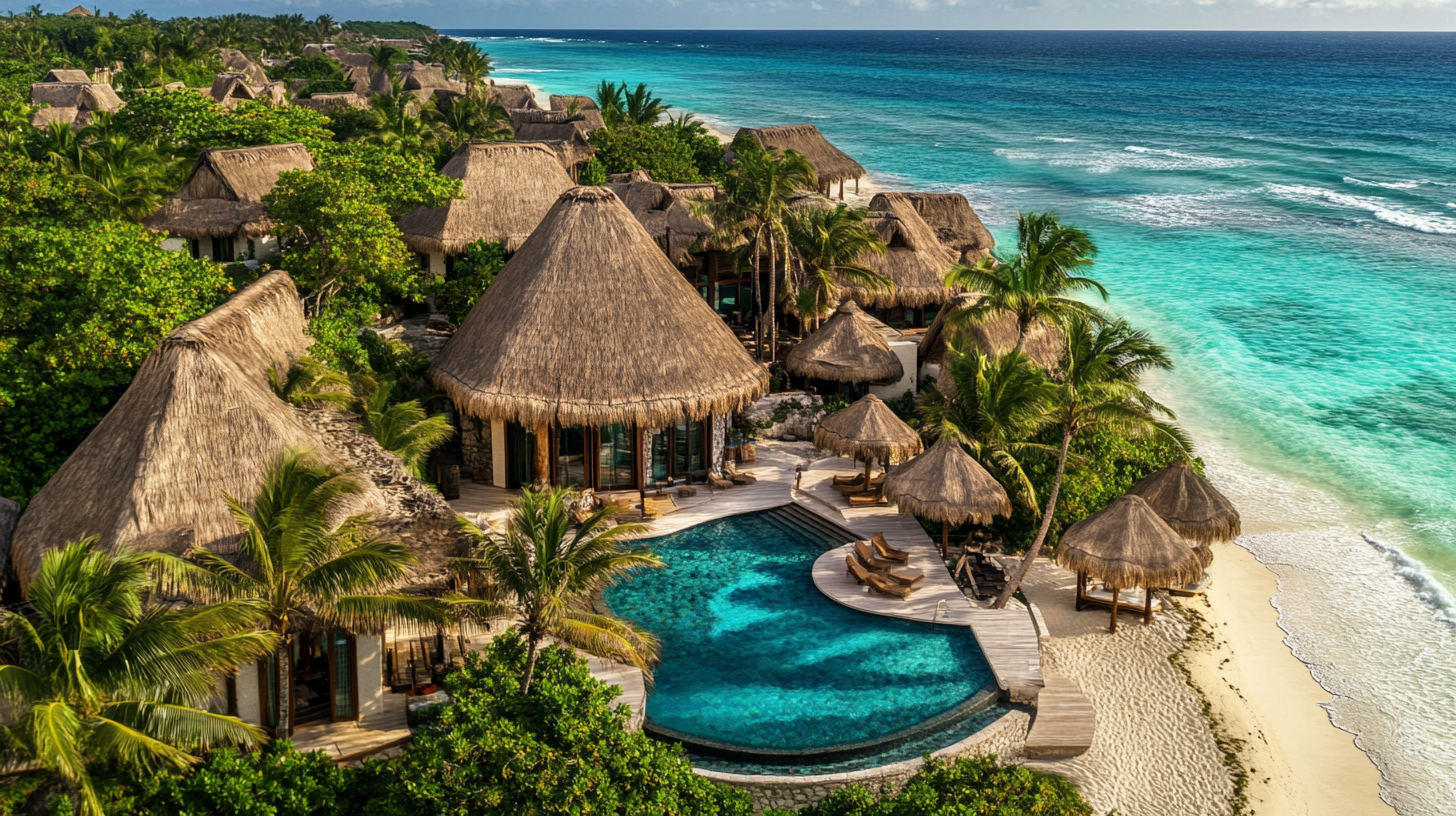Redefining the “third place” after the end of inflight bars
It seems odd to think that flyers in just a couple of decades will regard spaces like the iconic Emirates bar on the upper deck of the Airbus A380 with a sense of fond reminiscence, rather like we might now think back to the nose or upper deck space of a Boeing 747 in passenger... The post Redefining the “third place” after the end of inflight bars appeared first on Runway Girl.

It seems odd to think that flyers in just a couple of decades will regard spaces like the iconic Emirates bar on the upper deck of the Airbus A380 with a sense of fond reminiscence, rather like we might now think back to the nose or upper deck space of a Boeing 747 in passenger service as a familiar occurrence rather than the delightful rarity it is for today’s passenger.
“Third places” like onboard bars and lounges are beloved by some passengers, even as seats become more spacious and private. It’s understandable — drinking with others is more fun than drinking alone, after all — but it does raise some issues for the future of cabin design.
For airlines and their cabin designers, creating widebody flagship cabins for A350s and 777s rather than A380s and 747s means that they need to get more inventive with space for “third places” like bars and lounge areas. The current and forthcoming generations of aircraft, specifically the A350, A330neo, 787 and 777X, are all single-deck, without spaces like the front or rear lounges of an A380’s upper deck, or the nose or bubble of a 747, where a compact third space might make sense.
Some notable “third place” spaces include Virgin Atlantic’s The Loft on A330neo and A350 twinjets, and more recently, The Booth on leisure-market A350s, as well as Qantas’ forthcoming well-being zone for ultra-long-haul Project Sunrise A350-1000 flights.
Overall, though, modern widebodies have been space-optimised to an extent not seen in previous generations of aircraft. Customised monuments to allow for the footwell tessellation of business class beds in fully flat mode, increased plumbing and electrical connection locations for lavatories, more overhead crew rests, larger (or in some case smaller) galley kitchens, integrated doghouse-style storage, all the way to the New Production Standard/New Cabin Standard for the Airbus A350 — there just isn’t, in many cases, much space that would otherwise be wasted.
Collins’ M-Flex galley, as obvious an answer as it would seem to be — simply unfold a bar area during flight in space that’s otherwise essentially unused — has yet to make an appearance on an airplane. Airlines are still reusing galley elements to create self-service areas that are either a trolley (with a topper and a selection of light goodies to munch or quaff) or simply a tray or napkin laid out on the galley work surface with a few items on top.

Collins’ fold-out bar would seem to be a winner, but has yet to take to the skies. Image: John Walton
Maximising the space used around the main doors is also is increasingly tricky because many airlines break between business class and premium economy at doors 2 of their widebodies, and here there is pressure both to provide a third place for business class and to ensure that premium economy passengers have one as well. That’s not to mention the lavatory questions, since some airlines have dedicated premium economy lavs behind doors 2.

Finnair’s doors 2 welcome space and bar is a great improvement, but on its low-J A350 with 30 business seats, this doors 2 area is home to premium economy. Image: Finnair
Dare we suggest, then, that in this case a combined third space for business class and premium economy might make sense?
The very thought of mixing cabins might at one time have resulted in many a clutched pearl, but as the lines blur between “World Club One Polaris Suites” and “Comfort Select Executive Plus”, is that still the case today?
Is the concern that premium passengers might guzzle all the business class champers (heav’ns forfend!) or wantonly nobble all the warm nuts? Airlines with a combined first-business lounge are already dealing with this question to some extent, and the idea of a flight attendant staffing the bar having to say “oh, no, madam, you’re in premium economy and the Bollinger is for business, would you like a glass of the premium economy Prosecco?” is horrid — so in honesty would the halo benefit of a premium economy onboard lounge area outshine the marginal cost of a few flutes of fizz?

Air France’s A330 self-serve business snack station is, really, just a galley work area. Image: Air France
Might an airline use this driver as part of an onboard rationalisation of catering, giving premium economy passengers the same beverage selection as business class, and freeing up space in the increasingly constrained galleys? How else can third places continue to delight passengers in the increasingly optimised cabin?
Related Articles:
- Lufthansa 747 feeds the AvGeek soul despite hard product foibles
- Boeing Perch welcome space asks big questions about big OLED screens
- Collins M-Flex door-bar ready and waiting for widebody customers
- How aviation can get inventive about flexible “third places”
- Inside Airbus’ new A350 NPS interior mockup, with ten-abreast seats
- HAECO’s satisfyingly transformative galley monument is a delight
Featured Image credited to Emirates
The post Redefining the “third place” after the end of inflight bars appeared first on Runway Girl.





























![[Sponsor] Democracy](https://protectdemocracy.org/wp-content/uploads/2022/10/Social-Share.png)














